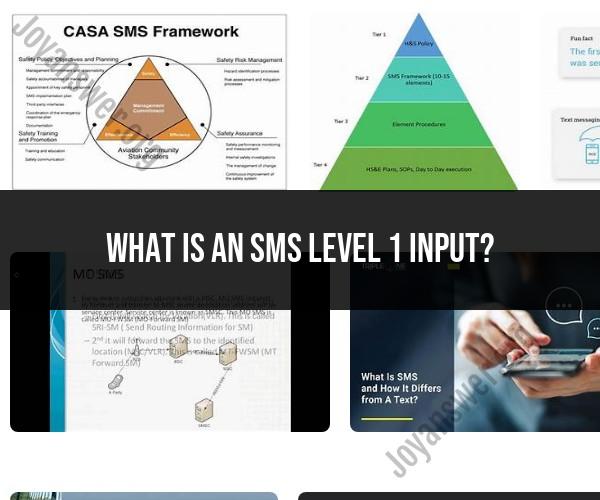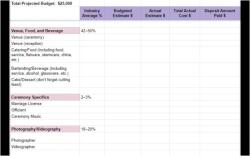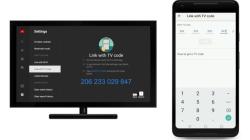What is an SMS Level 1 input?
An SMS (Short Message Service) Level 1 input typically refers to the basic, foundational input that a user can provide when sending a text message via SMS. SMS is a common method of communication that allows users to exchange short text messages using mobile phones and other devices. These Level 1 inputs are the most fundamental form of interaction in SMS communication and typically include the following components:
Recipient's Phone Number: In an SMS message, the user must specify the recipient's phone number to direct the message to a specific individual or group. The phone number is essential for routing the message to the intended recipient.
Text Message Content: The core of an SMS Level 1 input is the text message itself. This is the content that the user wishes to convey to the recipient. Text messages can include letters, numbers, symbols, and, in some cases, emojis.
Sender's Phone Number (Implicit): The sender's phone number is usually implicit in SMS communication. When you send an SMS, your mobile device automatically includes your phone number as the sender. This information helps the recipient identify who the message is from.
Message Length: SMS messages are typically limited in length due to technical constraints. In many cases, the maximum character limit for an SMS message is 160 characters. Longer messages may be split into multiple SMS segments.
Timestamp: The SMS system automatically includes a timestamp that indicates when the message was sent. This timestamp is useful for tracking the timing of messages.
Delivery Status Notifications (Optional): Some SMS services provide delivery status notifications (DSNs) that inform the sender whether the message was successfully delivered to the recipient's device. However, this is not part of the Level 1 input but rather a feature provided by the SMS service.
Read Receipts (Optional): Similarly, some SMS services offer read receipts, which notify the sender when the recipient has read the message. This is also not part of the Level 1 input but an optional feature.
SMS Level 1 inputs are simple and straightforward, making SMS communication accessible and widely used for various purposes, such as personal messaging, business communications, notifications, and more. It is the foundation upon which more advanced features and functionalities of SMS communication are built.
SMS Level 1 Input: Deciphering the Basics
SMS Level 1 Input is a set of standardized messages that can be used to communicate with and control devices and systems via SMS. It is a simple and flexible protocol that can be used for a wide range of applications, such as home automation, industrial control, and security systems.
SMS Level 1 Input messages are typically composed of a command and a set of parameters. The command is a keyword that identifies the action that you want the device or system to perform. The parameters are optional, and they provide additional information about the command.
For example, the following SMS Level 1 Input message would turn on a light bulb:
ON LIGHT1
The command in this message is ON, and the parameter is LIGHT1. This tells the device or system to turn on the light bulb with the name LIGHT1.
Another example of an SMS Level 1 Input message is the following:
SET THERMOSTAT 72
The command in this message is SET, and the parameter is 72. This tells the device or system to set the thermostat to 72 degrees Fahrenheit.
SMS Input Categories: An Introduction to Level 1
SMS Level 1 Input messages can be divided into the following categories:
- Control messages: These messages are used to control devices and systems. For example, you could use a control message to turn on a light bulb, lock a door, or start a machine.
- Query messages: These messages are used to request information from devices and systems. For example, you could use a query message to get the current temperature, the status of a security system, or the level of fuel in a tank.
- Event messages: These messages are used to notify you when something happens. For example, you could receive an event message when a door is opened, a sensor is triggered, or a device goes offline.
Level 1 SMS Input: Key Information and Functions
Here are some key things to know about Level 1 SMS Input:
- Messages are terminated with a carriage return and line feed (CRLF). This is the standard way to terminate text messages.
- Messages can be up to 160 characters long. This is the maximum length of an SMS message.
- Messages are case-sensitive. This means that the command
ONis different from the commandon. - Multiple commands can be included in a single message. This is useful for sending multiple commands to a device or system at once.
- Spaces can be used to separate commands and parameters. However, spaces are not required.
Here are some of the functions that can be performed using Level 1 SMS Input:
- Controlling devices: You can use SMS Level 1 Input to control devices such as lights, thermostats, locks, and sensors.
- Monitoring devices: You can use SMS Level 1 Input to monitor the status of devices and systems. For example, you could receive an SMS message when a door is opened or a sensor is triggered.
- Configuring devices: You can use SMS Level 1 Input to configure devices and systems. For example, you could use an SMS message to set the temperature on a thermostat or change the settings on a security system.
SMS Level 1 Input is a powerful tool that can be used to communicate with and control a wide range of devices and systems. By understanding the basics of SMS Level 1 Input, you can start to leverage its capabilities to build innovative and useful applications.













